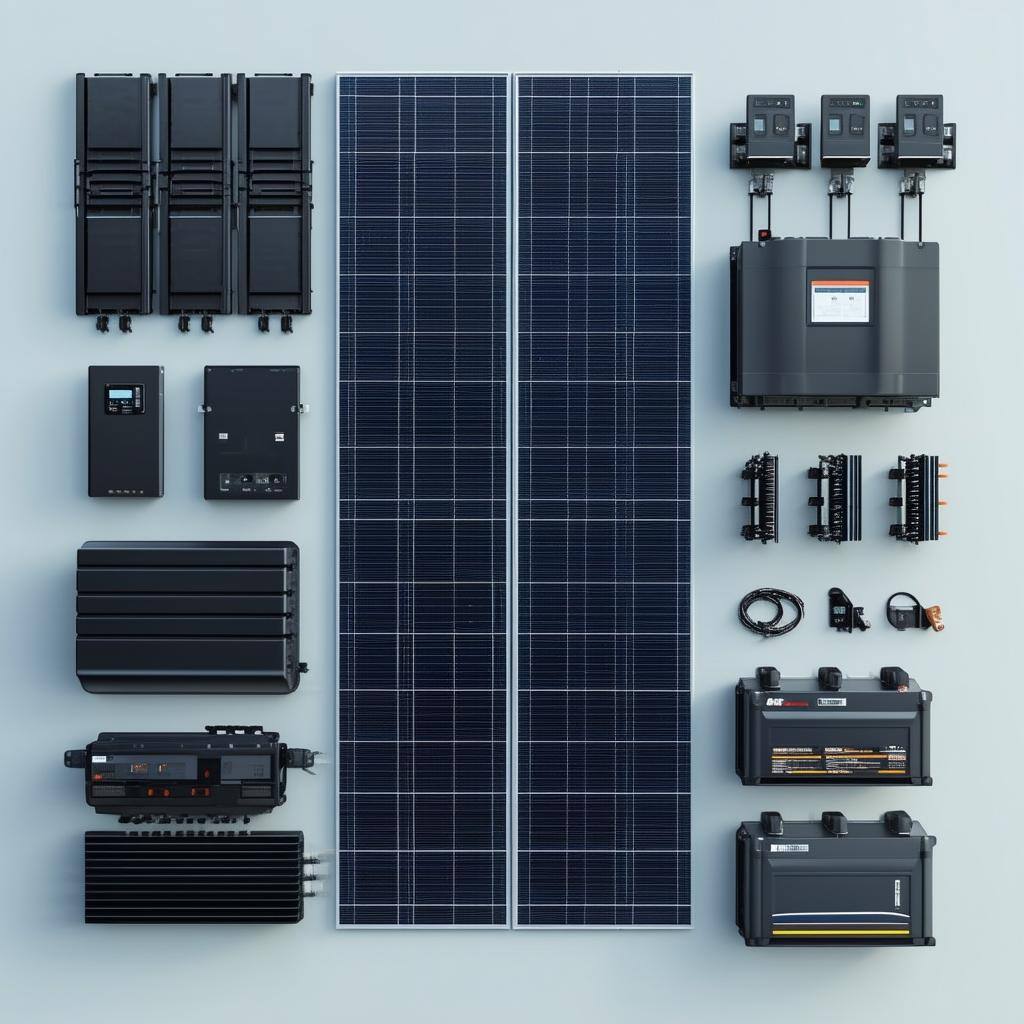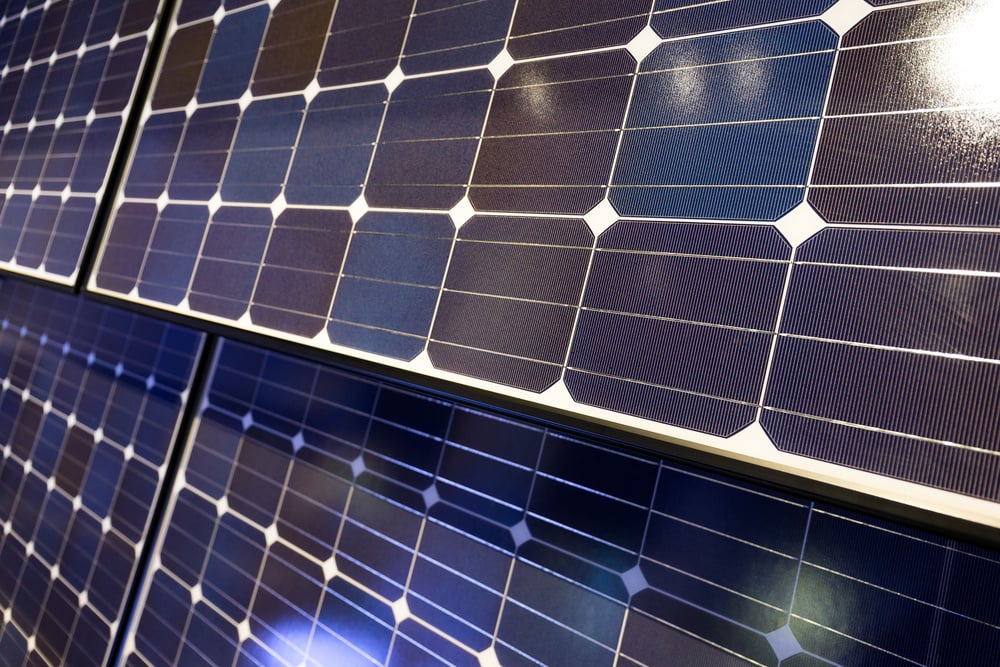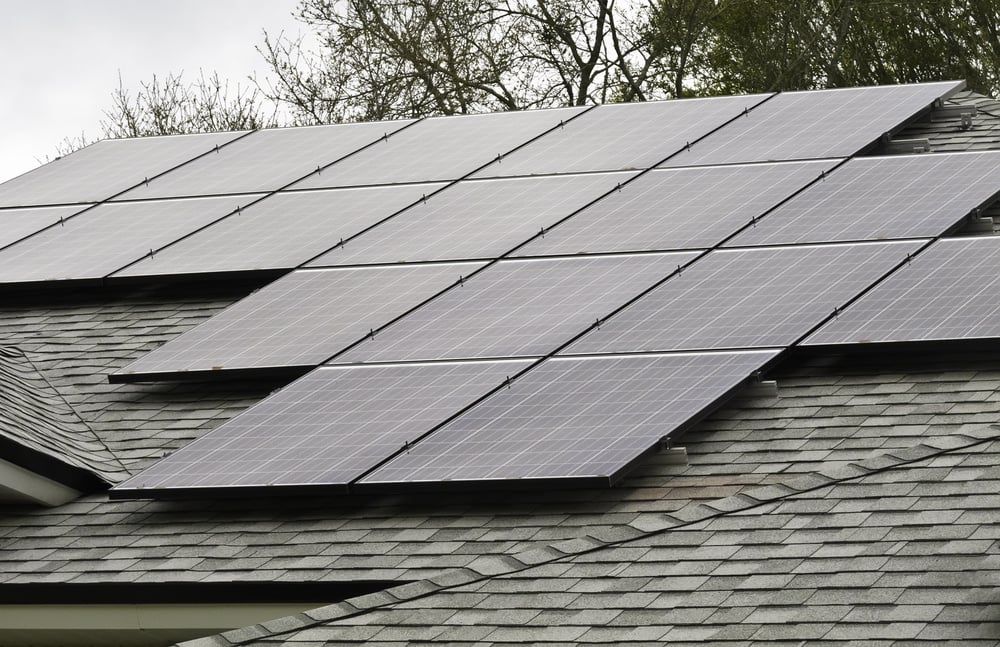Solar System Types Explained: Finding the Right Fit
If you’re reading this, chances are you’re interested in reducing your electricity bills, helping the environment, or gaining some independence from...
5 min read
Peter Swenson : Oct 28, 2024 4:39:45 PM

Welcome to the world of solar energy! Whether you're just exploring the possibilities or seriously considering installing a solar power system, it's essential to know what goes into making your solar setup work. Solar power systems have several main components, each playing a crucial role in capturing sunlight, converting it to electricity, storing it for later, and monitoring it all to ensure you’re getting the best performance possible.
This blog will break down the major components of a solar system, including solar panels, inverters, batteries, racking and mounting systems, and monitoring tools. By the end, you’ll have a clear understanding of each part’s role and how they work together to power your home.
Solar panels are the most visible part of a solar energy system, responsible for capturing sunlight and converting it into electricity. Panels come in various types, with different materials, efficiencies, and costs. Let’s explore the main types:
Monocrystalline Panels
Polycrystalline Panels
Thin-Film Panels
Efficiency measures how well a panel converts sunlight into electricity. Monocrystalline panels typically have efficiency ratings between 15-22%, while polycrystalline panels range from 13-17%. Thin-film panels often come in around 10-12% efficiency. Choosing the right type of panel for your setup depends on your budget, space availability, and energy needs. If you have limited roof space, investing in higher-efficiency panels may be worthwhile to maximize your energy output.
After the solar panels capture sunlight and turn it into electricity, this energy is in direct current (DC) form. However, your home runs on alternating current (AC) power, which is where the inverter comes in. Inverters convert the DC electricity from your panels into AC electricity that your appliances and devices can use. There are a few different types of inverters, each with pros and cons.
String Inverters
Microinverters
Power Optimizers
When choosing an inverter, consider your budget, location, and shade. If you live in an area with minimal shading, a string inverter may work well. However, if your roof has shade throughout the day, microinverters or power optimizers could help you make the most of your setup.
Batteries are essential for anyone looking to store solar energy for later use. If you’re using an off-grid or hybrid solar system, batteries will allow you to store excess energy during the day and use it at night or during cloudy weather. Let’s go over the main types of solar batteries and factors to consider.
Lithium-Ion Batteries
Lead-Acid Batteries
Saltwater Batteries
Consider your energy needs, budget, and maintenance preferences. Lithium-ion batteries are a great choice if you’re looking for efficiency and longevity. Lead-acid batteries work well for those on a tight budget but willing to perform regular maintenance. For eco-conscious homeowners, saltwater batteries may be an attractive option, though they’re still relatively new.
Racking and mounting systems are the unsung heroes of solar setups. These components securely attach your solar panels to a roof, ground, or pole, ensuring they’re positioned for optimal sun exposure and performance. There are several mounting options, each with its own benefits and ideal use cases.
Roof Mounts
Ground Mounts
Pole Mounts
When installing a solar panel system, the angle and orientation of your panels are essential for maximizing sunlight capture. Your racking system must also be durable enough to withstand weather elements like wind, rain, and snow. Ensure that your mounting setup is installed by professionals and made of materials like galvanized steel or aluminum, which resist corrosion.
Monitoring systems might not be as well-known as panels or inverters, but they play a critical role in helping you track and optimize your solar power system’s performance. By providing real-time data, monitoring systems allow you to see how much energy your system is producing, identify issues

If you’re reading this, chances are you’re interested in reducing your electricity bills, helping the environment, or gaining some independence from...

If you’ve been looking into solar energy, you’ve probably noticed there’s no one-size-fits-all solution. Instead, there are a few key options: ...

If you’re considering going solar, you’ve probably heard that it’s a great way to save money and help the environment. But here’s the catch: the...